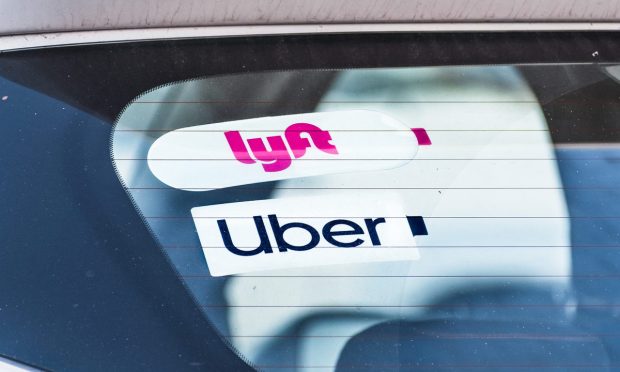
It’s commonplace to mention Uber and Lyft in the same breath in any conversation about the great travel snapback.
As earnings reports through the past few days have shown, the rising tide of travel demand has lifted the core business of both companies.
But the latest results also spotlight the widening divergence between Uber and Lyft, where the platform remains the key differentiator, tied to a vertical versus horizontal approach. In Uber’s case, the platform has been a launching pad into food delivery and freight. Lyft has been concentrating its efforts on transportation.
During an earnings call regarding Lyft’s earnings results, CEO David Risher said “the actions we’ve taken over this year to refocus our business on drivers and riders, including pricing more competitively and improving the customer experience,” helped boost that business 20% in the third quarter, with a 45% year-over-year increase in the number of hours drivers spend on the road, so to speak.
In a nod to the various go-to-market strategies to gain more bookings, management said on the call that, having targeted back-to-school ridesharing — in university towns — rides grew by 25%. With return-to-office initiatives, morning commute rides have been up 30%. In terms of ancillary revenue streams, Lyft has launched in-app advertising, which will roll out this quarter.
“It’s still early days, and this is a small business now, but we see a ton of potential to be creative in how we enable brands to engage with riders in relevant moments and build a meaningful and, of course, very high-margin ad business,” Risher said on the call.
Lyft expects its fourth-quarter revenue to grow by the mid-single digits compared with the previous quarter, as gross bookings were up 15% year over year, revenue was up 10% year over year, and rides were up 20% year over year.
Asked on the call about growth prospects, Risher said, “We see some secular trends. Travel will continue to be a big growth driver. You’re seeing that across the sector. Commute will continue to be a big growth driver … most people go to work three times a week, at least. Most people go to social activities a couple of times a week. So, in a lot of ways, I think we’re really underpenetrated in terms of how people can use us in their daily lives.”
Uber’s efforts through the last several years have focused on broadening reach and use cases, as the core mobility activity feeds into a continuum of other transactions.
The company’s membership program has underpinned spending growth.
“We’ve now got 15 million Uber One members,” CEO Dara Khosrowshahi said on during this week’s earnings call with analysts, noting that “members spend four times more than nonmembers.” Retention is 15% higher for members than for nonmembers. In terms of cross-selling momentum, consumers who use more than one mobility and delivery product tend to spend more.
“They spend up to three times more,” Khosrowshahi said.
Delivery members count for more than 40% of mobility bookings. Prepared remarks from the company Tuesday (Nov. 7) said members now generate more than 40% of delivery gross bookings. For the mobility business, double-digit growth was also a hallmark. Gross bookings for rides gained 31%. Delivery bookings gained 18%.